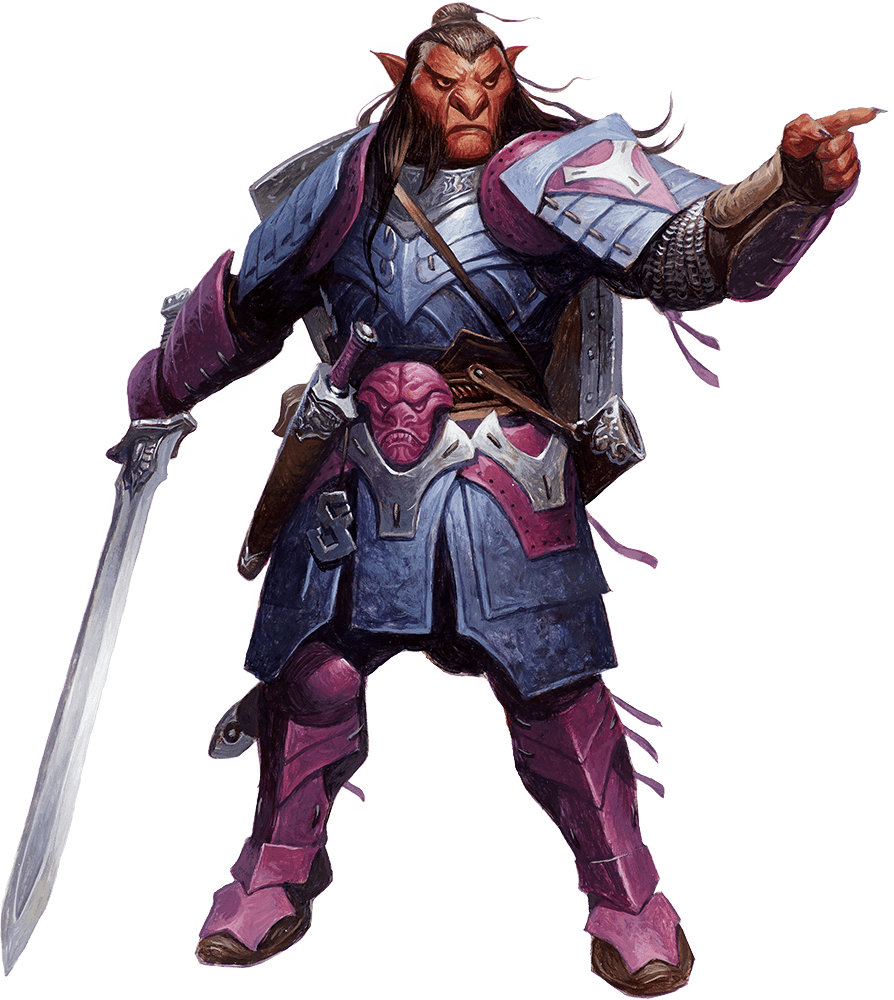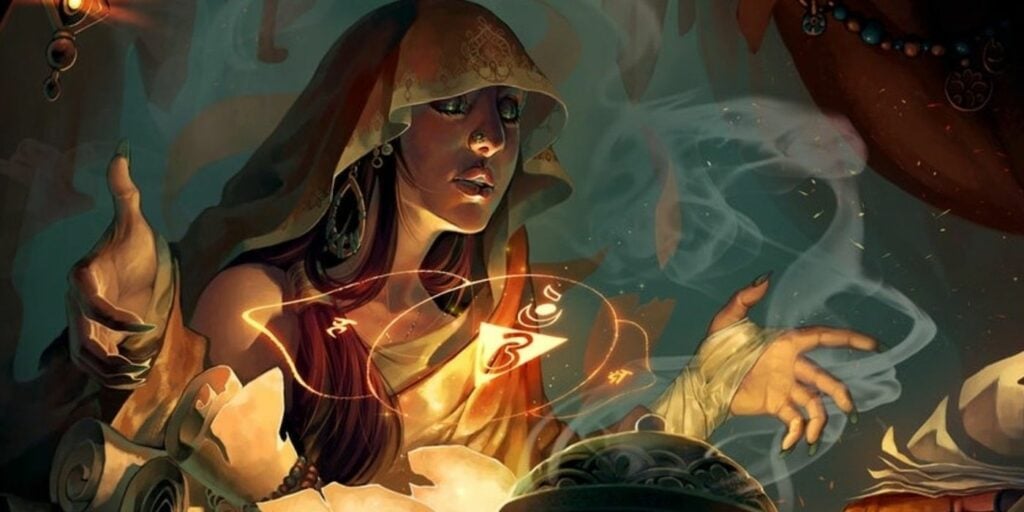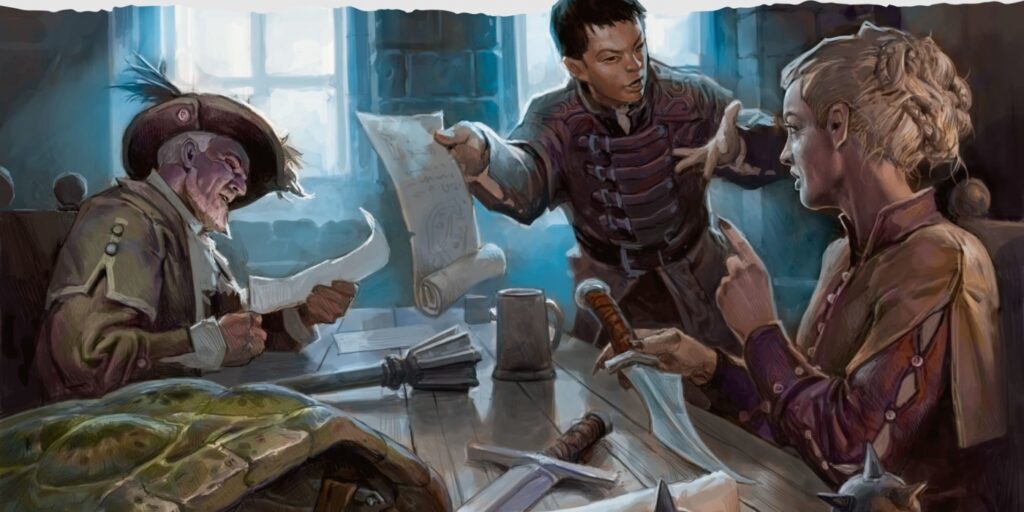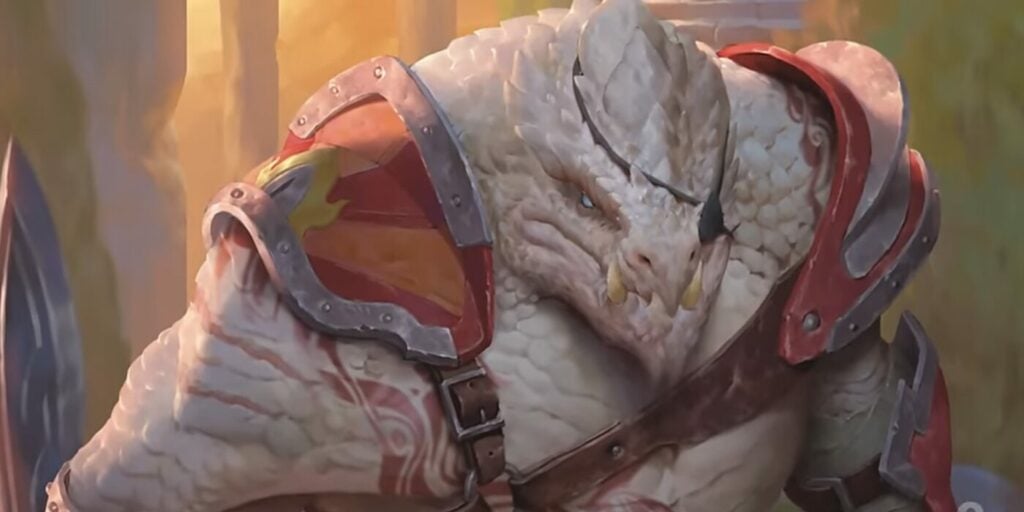D&D: Five Ways to Work Like a Team
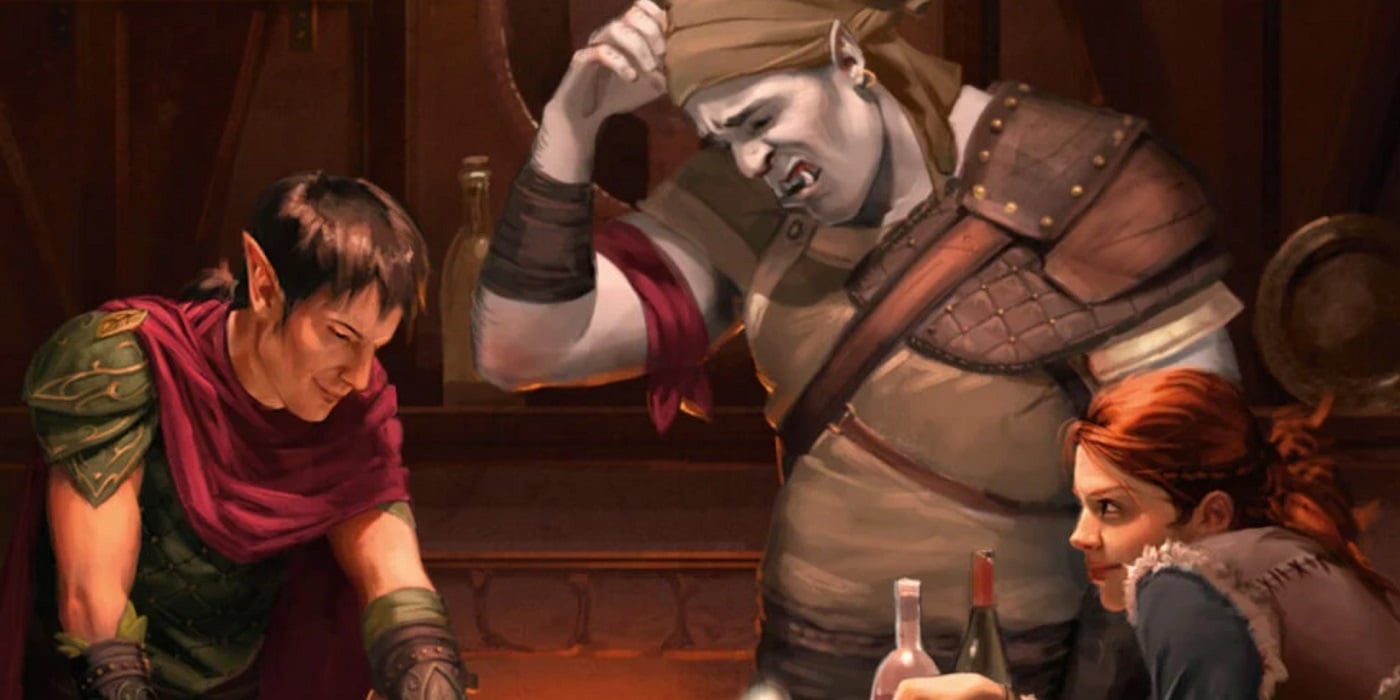
Teamwork makes the dreamwork in both real life and in D&D. And here are five ways you can work like a team.
D&D 5th Edition may not be as punishingly brutal as older editions of D&D, but that doesn’t mean it can’t be lethal in the right circumstances. But that’s a two-way street. With the right kind of teamwork, a party of adventurers can punch well above their weight class.
How, you might be wondering? Here are five easy ways to work like a team.
The Help Action
Let’s start with the most obvious one first. The Help Action is every character’s best friend. The trick is knowing when to use it. Help can provide you with advantage when you need to make an ability check (which can be crucial when your heavily armored characters are trying to be stealthy) and it can give an ally who can hit a really hard advantage.
It can be humbling to say “no it’s better to make sure the Paladin/Bard/Rogue hits to deal Smite and Sneak attack” but when the thing you’re fighting is dead, you can argue about who really killed it in the tavern afterward.
Make Yourself a Hard Target
Here we get a little more tactical. When you’re engaged in a fight, you can use positioning and actions to make it so that the enemy has little choice but to attack the targets that it’s hard for them to hit. Things like a Rogue or Monk’s ability to take the Dodge action as a bonus action can make them seem like less attractive targets.
But even the Wizard can take the Dodge action (as long as they don’t mind not casting a spell for one round). And sometimes the effective +5 to your AC (which is even more if you have the Shield spell) can mean the difference between the Cleric needing to heal the Fighter, or needing to heal the Fighter AND the Wizard.
Divide and Conquer
Building off of the idea of using actions or positioning to make it hard for the enemy to get to you, the same principle applies to your enemies. In general, if you can keep some foes at bay while you focus on one enemy until they’re dead, you’ll be winning the numbers game.
Positioning and mobility are just one way to accomplish this. Here’s where spells that create difficult terrain or that keep enemies from taking actions come into play. A good Entangle or Cause Fear can keep a number of your enemies from getting to you, leaving the playing field open to kill whatever it is that’s caught in your web.
Buffs Buffs Buffs
Spells that make the party better are phenomenal in D&D. A character who gives their allies an extra attack, through something like Haste, or who can make them hit harder or harder to hit, can keep contributing to the fight even if they’re hanging back so they don’t get hurt.
Look for where your spells can do the most good. Casting an AC buff on a character with an already high AC will be extremely good, as long as you make sure the enemy’s not able to get to squishier targets.
Communicate
But more than anything else, the best way to work as a team is through communication. Talk about what you’re planning to do. Think through your actions or your turn out loud.
Mind you, don’t try and play someone else’s character for them, nobody wants to be at the table with That Guy. But if you’ve got a cool move planned, or could set up a combo, feel free to lay your plans out clearly and plainly.
What are your favorite teamwork tips?

